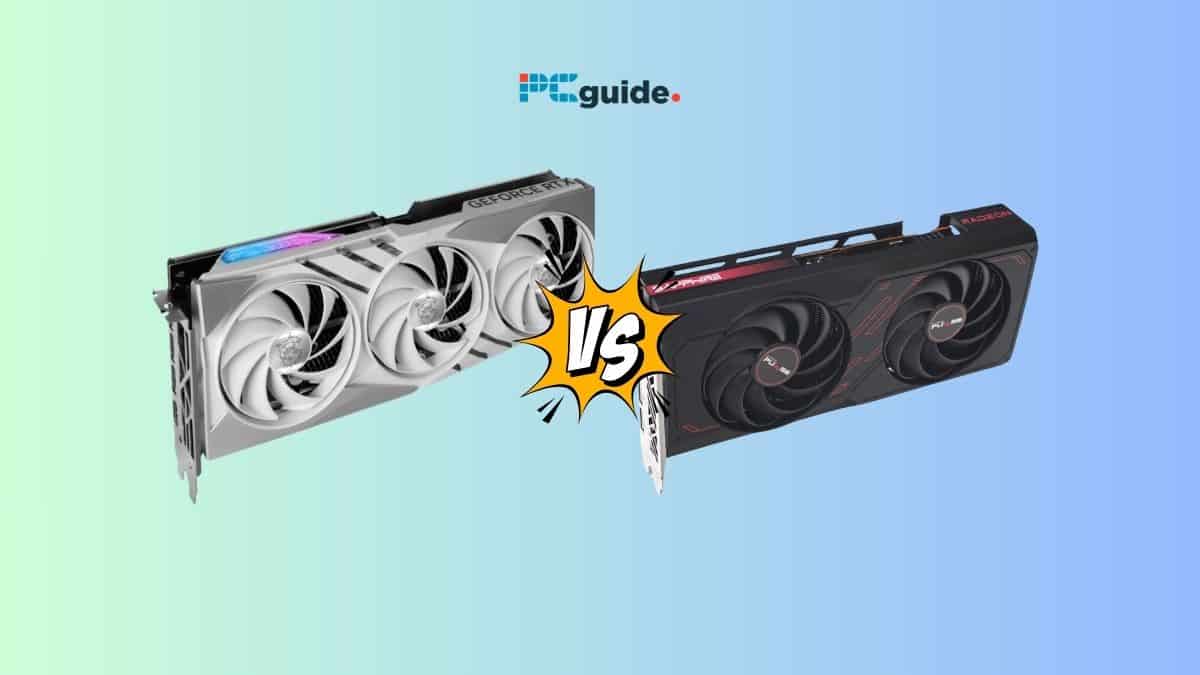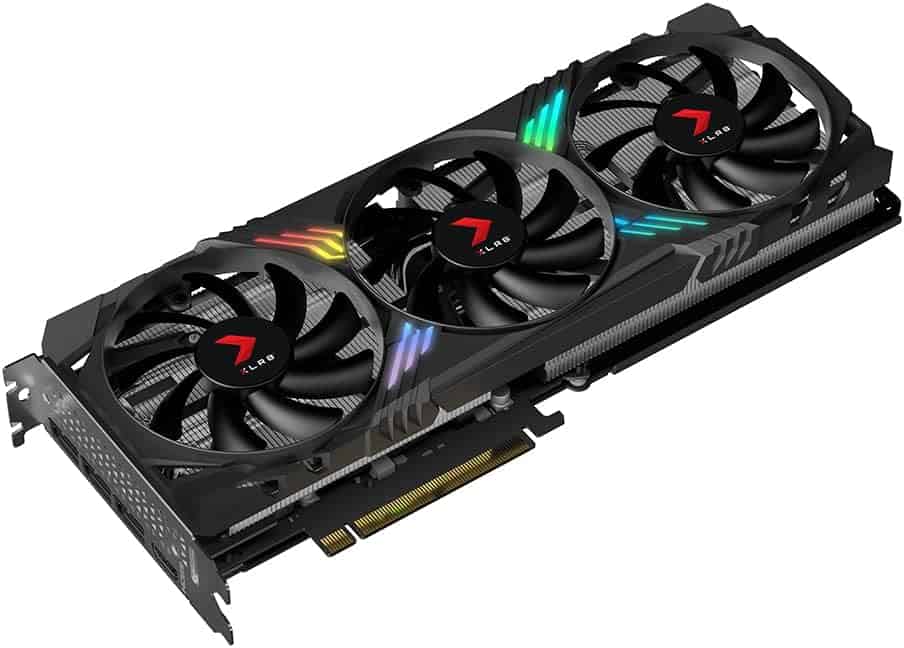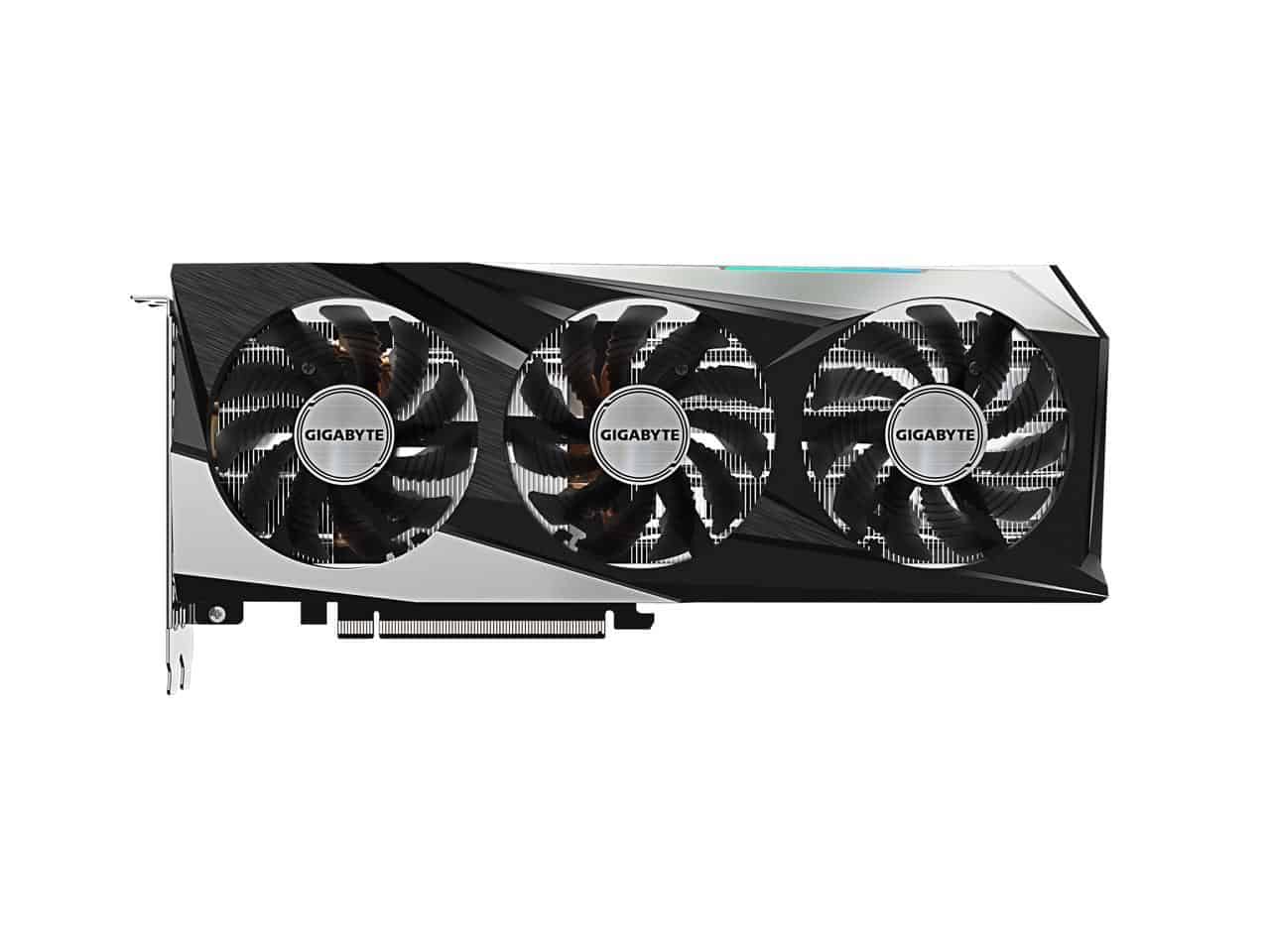RTX 4060 Ti 16GB vs RX 7600: Which is for you?

Table of Contents
In the world of GPUs, the competition is fierce and discerning consumers demand comparisons to make an informed choice. In this article, we’re taking a look at two mid-range contenders in a direct comparison: the Nvidia RTX 4060 Ti 16GB vs. the AMD RX 7600. The Nvidia RTX 4060 Ti 16GB and the AMD RX 7600 both offer some enticing features for a mid-range GPU. However, their specs reveal some crucial differences that could tip the scales in favor of one over the other, depending on your specific requirements.
When comparing the RTX 4060 Ti and the RX 7600, understanding the specifications of these GPUs is crucial. Both GPUs come with their unique set of specs. For instance, the RTX 4060 Ti, with its high-speed GDDR6 memory and AI capabilities, offers gamers and creatives a power-packed performance. The RX 7600, with its robust stream processors and RDNA 2 architecture, is designed for efficiency and performance.
Prime Day is finally here! Find all the biggest tech and PC deals below.
- Sapphire 11348-03-20G Pulse AMD Radeon™ RX 9070 XT Was $779 Now $739
- AMD Ryzen 7 7800X3D 8-Core, 16-Thread Desktop Processor Was $449 Now $341
- ASUS RTX™ 5060 OC Edition Graphics Card Was $379 Now $339
- LG 77-Inch Class OLED evo AI 4K C5 Series Smart TV Was $3,696 Now $2,796
- Intel® Core™ i7-14700K New Gaming Desktop Was $320.99 Now $274
- Lexar 2TB NM1090 w/HeatSink SSD PCIe Gen5x4 NVMe M.2 Was $281.97 Now $214.98
- Apple Watch Series 10 GPS + Cellular 42mm case Smartwatch Was $499.99 Now $379.99
- ASUS ROG Strix G16 (2025) 16" FHD, RTX 5060 gaming laptop Was $1,499.99 Now $1,274.99
- Apple iPad mini (A17 Pro): Apple Intelligence Was $499.99 Now $379.99
*Prices and savings subject to change. Click through to get the current prices.
Which should you choose?
The RTX 4060 Ti 16GB is a powerhouse for 1440p/4K gaming with better ray tracing and DLSS, but costs more. The RX 7600 is a budget-friendly option for 1080p.
RTX 4060 Ti 16GB vs. RX 7600: Specs
The RTX 4060 Ti 16GB uses Nvidia’s AD106, while the RX 7600 is powered by AMD’s Navi 33. Both are efficient architectures, but Nvidia’s Ada Lovelace does have an edge when it comes to Ray Tracing and DLSS capabilities.
As for VRAM, the RTX 4060 Ti 16GB pulls ahead with a hefty 16GB GDDR6 compared to the RX 7600’s 8 GB GDDR6. This means the Nvidia card can handle larger data sets, which can be a significant advantage in tasks like gaming at higher resolutions or performing GPU-intensive tasks.
| Technical Specification | RTX 4060 Ti 16GB | RX 7600 |
|---|---|---|
| Architecture | AD106 | Navi 33 |
| CUDA cores | 4352 | 2048 |
| VRAM | 16GB GDDR6 | 8 GB GDDR6 |
| Memory Interface Width | 288.0 GB/s | 288.0 GB/s |
| Memory bandwidth | 128-bit | 128-bit |
| Texture units | 136 | 128 |
| Base clock speed | 2310 MHz | 1720 MHz |
| Boost Clock speed | 2535 MHz | 2655 MHz |
| Cache memory | L2: 32 MB | L2: 2 MB L3: 32 MB |
| Graphics Card Power (TDP) | 165 W | 120 W |
| MSRP | $499 | $269 |
Comparing clock speeds, the RTX 4060 Ti 16GB has a base clock speed of 2310 MHz that can boost up to 2535 MHz, whereas the RX 7600 has a lower base clock speed of 1720 MHz but can boost a bit higher at 2655 MHz.
The cache memory is another significant difference between the two GPUs. The RTX 4060 Ti 16GB only has an L2 cache of 32 MB, whereas the RX 7600 has an L2 cache of 2 MB and an additional L3 cache of 32 MB, which could help with managing data traffic and reducing latency.
Motherboard compatibility
When planning a GPU upgrade, it’s crucial to ensure that the new graphics card is compatible with your existing motherboard. Both the RTX 4060 Ti and RX 7600 are designed to be compatible with a wide range of motherboards, thanks to their PCIe interface.
However, specific motherboard features can enhance your GPU’s performance, such as PCIe 4.0 support or sufficient space for a dual-slot card. Always check your motherboard’s specifications and layout before purchasing a new GPU to ensure a perfect fit.
RTX 4060 Ti 16GB vs. RX 7600: Performance
Starting with Nvidia’s RTX 4060 Ti, benchmarks suggest that this card excels when running high-demand games. Take Cyberpunk, for example. The RTX 4060 Ti can handle this notoriously demanding game with ease, delivering smooth frame rates that significantly enhance the gaming experience.
The RX 7600, meanwhile, also performs well in benchmark tests. Especially in AMD-optimized games like Forza Horizon, the RX 7600 provides impressive frames per second (FPS), ensuring a lag-free and immersive gaming experience.
Comparison to previous generations
The performance difference between the RTX 4060 Ti and its predecessor, the RTX 3060 Ti, can give us a glimpse into how the technology has evolved. The RTX 4060 Ti, with its enhanced architecture and higher specifications, undoubtedly offers improved frame generation in high-end games, even at ultra settings. However, the RTX 3060 Ti still holds its own as a reliable option for gamers on a budget.
The AMD Competitor: How does the RX 7600 stack against the AMD Radeon RX series?
The RX 7600, a part of AMD’s RDNA architecture-based series, can be compared to previous GPUs in the AMD Radeon RX series. Its performance metrics and features offer an improved gaming experience, with faster frame generation and support for ultra settings. The RX 7600 proves that AMD’s focus on enhancing performance and power efficiency continues to be successful.
Gamer’s perspective: Which GPU performs better?
From a gamer’s perspective, both the RTX 4060 Ti and the RX 7600 have their unique strengths. Nvidia’s RTX 4060 Ti, powered by the robust Ada Lovelace architecture, excels in rendering ray-traced lighting and shadows – a feature that more and more games are starting to implement. Additionally, thanks to Nvidia’s investment in AI acceleration, the RTX 4060 Ti can use AI to improve both graphics and performance, making games look better and run smoother.
The RX 7600, based on AMD’s RDNA architecture, is a powerhouse in its own right. Its strengths lie in its efficiency and its prowess in running AMD-optimized games. Gamers who play titles optimized for AMD hardware will likely find the RX 7600 to be an excellent fit for their needs.
Stream processors and clock speed
Stream processors are a critical component of any GPU, as they’re responsible for handling the complex calculations that produce the graphics we see on our screens. The RTX 4060 Ti and RX 7600 have differing numbers of stream processors, which can influence their performance in certain scenarios.
The clock speed, measured in GHz, also plays a significant role in GPU performance. A higher clock speed allows a GPU to process more data per second, leading to better performance.
However, it’s important to note that clock speed isn’t everything – factors like architectural efficiency and memory bandwidth also play crucial roles in determining overall performance. The balance between these factors in the RTX 4060 Ti and RX 7600 is part of what makes each GPU unique.
The Role of CPUs: How do Intel and AMD CPUs Complement These GPUs?
The role of the central processing unit (CPU) should not be overlooked when evaluating the performance of the RTX 4060 Ti 16GB and RX 7600. When paired with high-performance CPUs from Intel or AMD, these GPUs can truly shine.
Intel’s CPUs, known for their strong single-threaded performance, can help drive these GPUs to their maximum potential. Similarly, AMD’s CPUs with their high core and thread counts can provide the computational horsepower needed for these GPUs to deliver top-tier performance, particularly in games and applications that can take advantage of multiple cores.
RTX 4060 Ti 16GB vs. RX 7600: Price
Price plays a crucial role in deciding between these GPUs. The RX 7600 boasts a significantly lower MSRP of $269, making it a compelling budget-friendly option for 1080p and even some 1440p gaming.
On the other hand, the RTX 4060 Ti 16GB carries a higher MSRP of $499. While the RX 7600 is cheaper, the RTX 4060 Ti 16GB offers a significant leap in performance. The RX 7600 presents excellent value for 1080p gaming.
Takeaway
In the battle of RTX 4060 Ti vs. RX 7600, there’s a lot to consider. Both GPUs offer impressive specs and features that make them are highly desirable for gaming enthusiasts and creative professionals. The NVIDIA GeForce RTX 4060 Ti, with its advanced AI acceleration, outshines in rendering detailed and realistic visuals. Its innovative Ada Lovelace architecture, coupled with a robust 128-bit bus, provides an immersive gaming experience that’s difficult to beat.
On the other hand, the AMD Radeon RX 7600, boasting RDNA 2 architecture, offers a highly efficient and performance-focused alternative. Its power-efficient design and high-quality visuals make it a strong contender, especially for those who are part of ‘Team Red.’ Ultimately, the choice between these GPUs boils down to your specific requirements and brand preferences. Whether you’re a ‘Team Green’ devotee or an AMD aficionado, both the RTX 4060 Ti and the RX 7600 will deliver a substantial boost to your PC’s performance.
What is the RX 7600 comparable to?
AMD’s RX 7600 is more comparable to Nvidia’s RTX 4060. Both GPUs are aimed at the same segment of the market and offer similar performance characteristics. However, the RX 7600 might have a slight edge in this comparison due to its lower price point, offering a competitive performance-per-dollar ratio.


